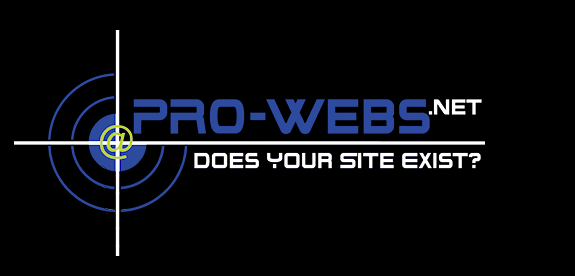The very nature of the term actionable implies the creation or motivation of your content’s ability to convert. However, since the Google Rater Handbook leak, we also know that Google uses words (content) to determine, rank and display search results based on the users intent to buy. When a searcher queries something like “Buy US Flag”, this searcher’s intent is to shop.
According to Google, search queries can be classified into action queries (“do”), information queries (“know”) and navigation queries (“go”).
So the very content we use on our pages to drive conversions can also help Google deliver you more “doers” than”knowers”. The challenge, as it has always been, is to create content which:
- Answers all of the shoppers questions
- Engages him
- Causes him to make a purchase (add to cart)
Some of these things we are inherently going to be quite good at, based on our own personality and experiences…. However, I rarely see shop owners who hit all 3. Lets have a look at some examples:
This example is your basic “Information Overachiever”. There is so much information here that as a shopper I am perhaps even overwhelmed. The lack of natural content coupled with the very direct add to cart area may make this page uncomfortable for many shoppers. Kind of like that guys who follows you around the store from the door and won’t leave you alone.
Here we have a much softer sell, but it lacks the “wow” of the informational listing. This format creates trust better and delivers a more comfortable feel to the decision to make a purchase. Keep in mind that many times your needs will be specific to your products or niche as well.
This is a nice product page layout. Easy to read, scan and understand. It is a significantly “softer” sell, but instills confidence to make the purchase. Visually the images are large enough and plenty, while the information is both natural and detailed.
So we can see that different layouts have different strengths, but what about the actual words?
The words that you use to describe your content should be presented naturally in the same manner as you would attempt to sell the product on the phone. Using alternate names, slang and layman terminology will help Google deliver your products for the natural language people search with. There is not point in ranking number 1 for a roro widget, when everyone refers to it as a rooo for example.
Lastly, to help the search engines understand the actionable nature of your product pages you should includes words such as “buy”, “purchase”, “shop online” etc. When including these types of action phrases it will be most effective to string them along a keyword for the product. something such as “When buying a roo online, you have several options for color, size and delivery”. It’s way too easy to get spammy when trying to create actionable content… so pay close attention to the perceived intent of the words you chose.



